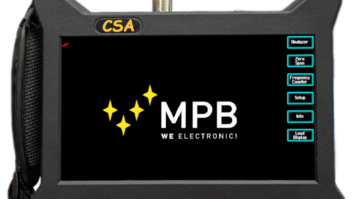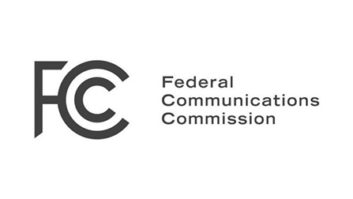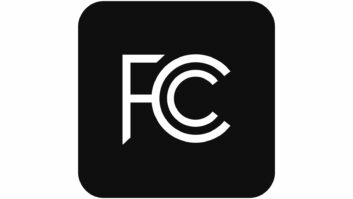WASHINGTON � Interference and spectrum congestion have been much on the mind of U.S. broadcasters lately. Now comes word that the FCC�s Office of Engineering and Technology is seeking comments on spectrum policy recommendations made by an advisory group.
This is not a broadcast-specific discussion (the term �radio services� below should be read broadly, not referring to broadcast radio), but it�s likely to be an interesting one given the focus among broadcasters and others in the common problems related to spectrum use.
The recommendations by the Technological Advisory Council Spectrum and Receiver Performance Working Group have been laid out in white papers and are intended �to address the increasing challenges of efficient and fair allocation of spectrum in congested RF environments, and in particular, the challenges of finding a balance between the rights and responsibilities of transmitters and receivers,� the FCC wrote. The working group suggested that the FCC adopt a policy statement putting forth spectrum management guidance and principles.
First, the commission should �implement and formalize the TAC�s recommendations for Basic Spectrum Principles as policies, and set clear expectations about the affected system�s capabilities regarding interference, such as harm claim thresholds.� Next, they recommend the FCC �adopt risk-informed interference assessment and statistical service rules more widely.� They also say the commission should implement steps for improving interference resolution,� including a next-generation architecture for radio spectrum interference resolution, creating a public database of past radio-related enforcement activities, and incorporate interference hunters in the resolution process.�
Additionally, the TAC thinks the commission should adopt nine spectrum management principles. They are intended �to improve the compatibility of services that operate under [existing or] new spectrum allocations� and are broken into three categories: Interference Realities, Responsibilities of (Radio) Services and Regulatory Requirements and Actions.
Regarding �Interference Realities,� �the TAC notes that the commission�s definition of �harmful interference,� is subject to interpretation.� Principle #1 says harmful interference is affected by the characteristics of both a transmitting service and a nearby receiving service. Principle #2 states all services should plan for non-harmful interference, now and in the future. …In principle #3, the TAC highlights factors that lead to an unpredictable electromagnetic environment, and the TAC recommends operators expect and plan for occasional service degradation or interruption, and the commission should not base its rules on exceptional events.
In terms of the �Responsibilities of [Radio] Services,� �principles #4�6 state that receivers (#4) and transmitters (#6) both bear responsibility for minimizing and/or mitigating interference outside their assigned frequencies (channels), and principle #5 states that radio systems are expected to use techniques at all levels/layers to mitigate degradation from interference.�
Regarding �Regulatory Requirements and Actions,� these principles �address the tools that the TAC believes the commission needs to make predictions of interference levels. …The TAC says the commission needs sufficient technical details about all of the affected radio services…Principle #7 states that radio services are expected to disclose relevant standards and system characteristics if they expect protection from harmful interference. … The 3rd Generation Partnership Project is an example. …Principle #8 states that the commission may apply Interference Limits to quantify rights of protection from harmful interference. The TAC has recommended interference limits as a method for the commission to communicate the limits of protection to which systems are entitled, without mandating receiver performance specifications. …Principle #9 states that a quantitative analysis of interactions between services shall be required before the commission can make decisions regarding levels of protection.� Also, the �TAC discovered a lack of transparency in some past interference studies� and �recommends that the commission improve the transparency and reproducibility of the interference analyses underlying its major spectrum management regulatory decisions.�
Additionally, the TAC said the commission should adopt �risk-informed interference assessment and statistical service rules more widely,� among other things. It also suggests several steps for improving interference resolution and enforcement, including a �next-generation architecture for radio spectrum interference resolution�� � which they say should be studied by the commission; �a public database of past radio-related enforcement activities�; and �interference hunters,� among other ideas. They say the new environment requires �more automated interference resolution tools for detecting, classifying, locating, reporting and remediating interference. �
We�ll report more on what experts are saying about this initiative soon.
Comments on ET Docket No. 17-340 are due Jan. 31, and reply comments are due Feb. 15.
�












